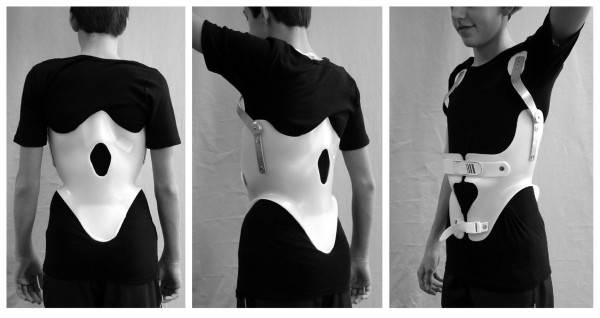“During a recent school screening, it was determined that your son/daughter may have a condition called scoliosis, or curvature of the spine. Please consult your physician for further information and available treatment options.”
For most parents, this news can be both alarming and confusing, especially when a child appears to be both healthy and active at the time of diagnosis. Clearly, routine spinal screenings have done much to increase the population’s awareness of scoliosis in general, but serious questions rarely arise until a parent discovers that his or her child may have the disorder.
Continue reading A New Alternative Treatment for Idiopathic Scoliosis











